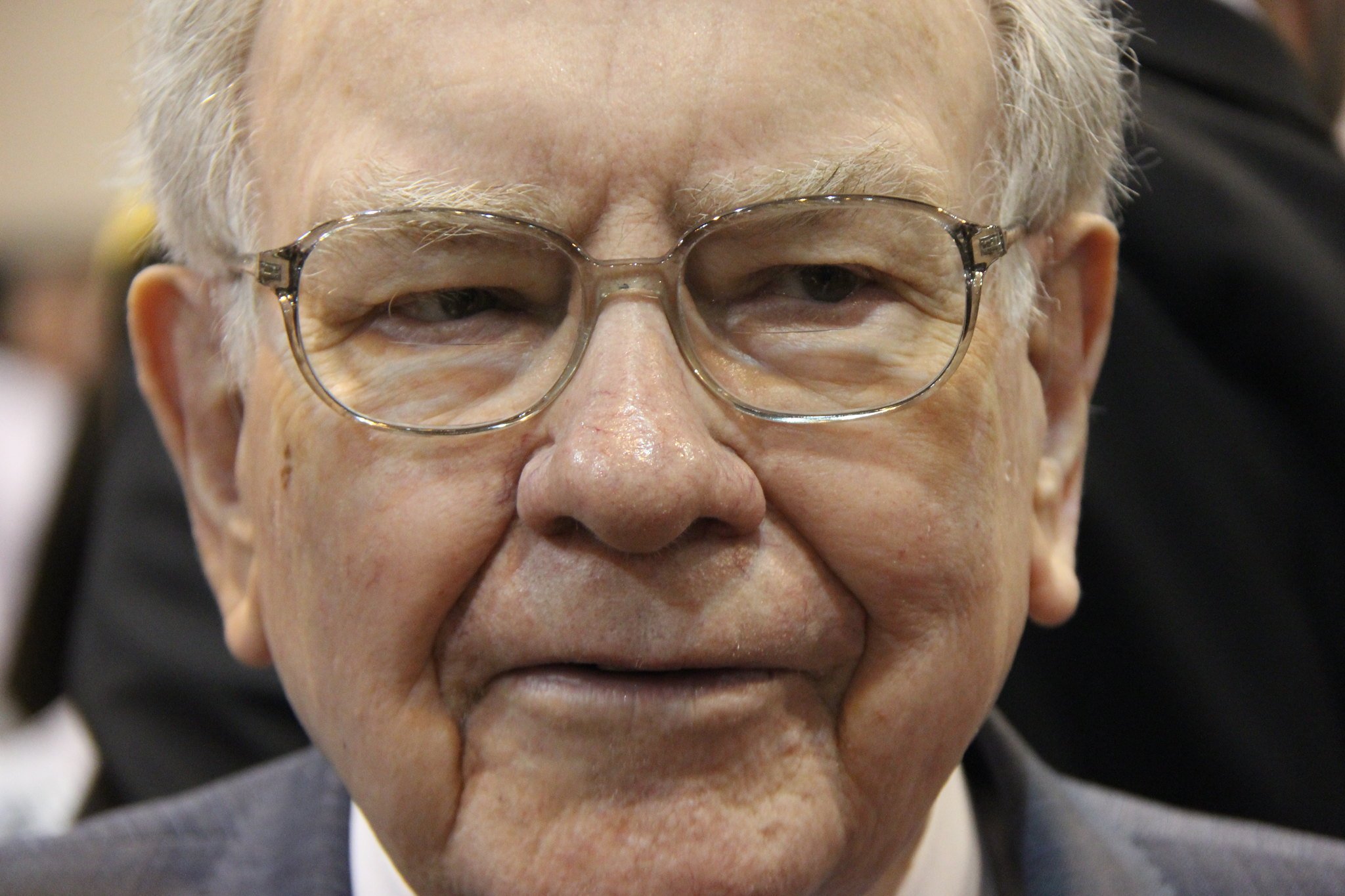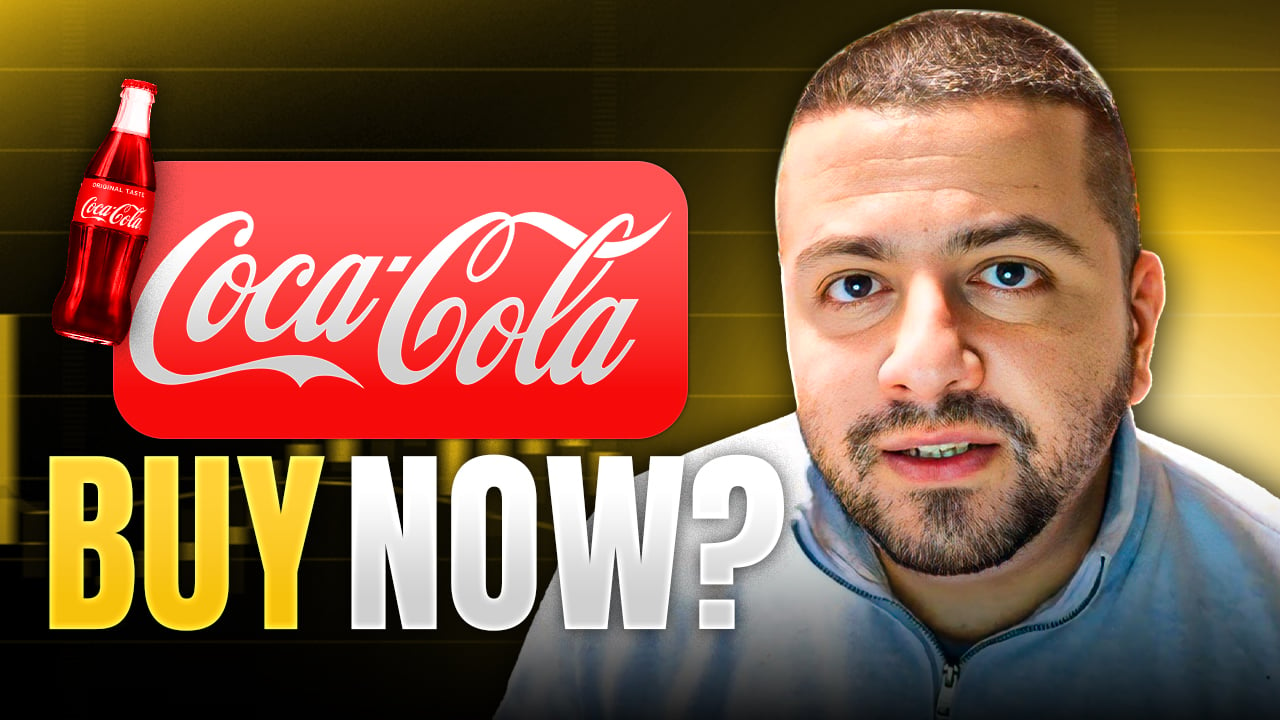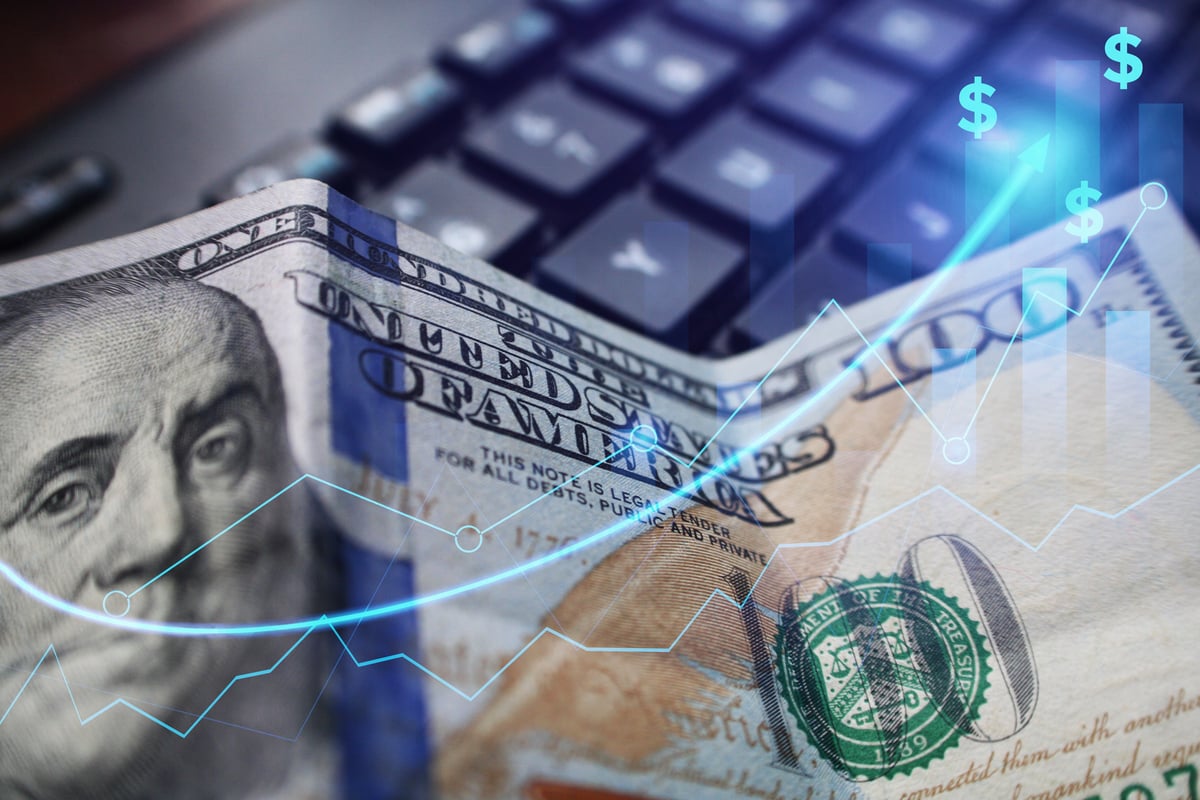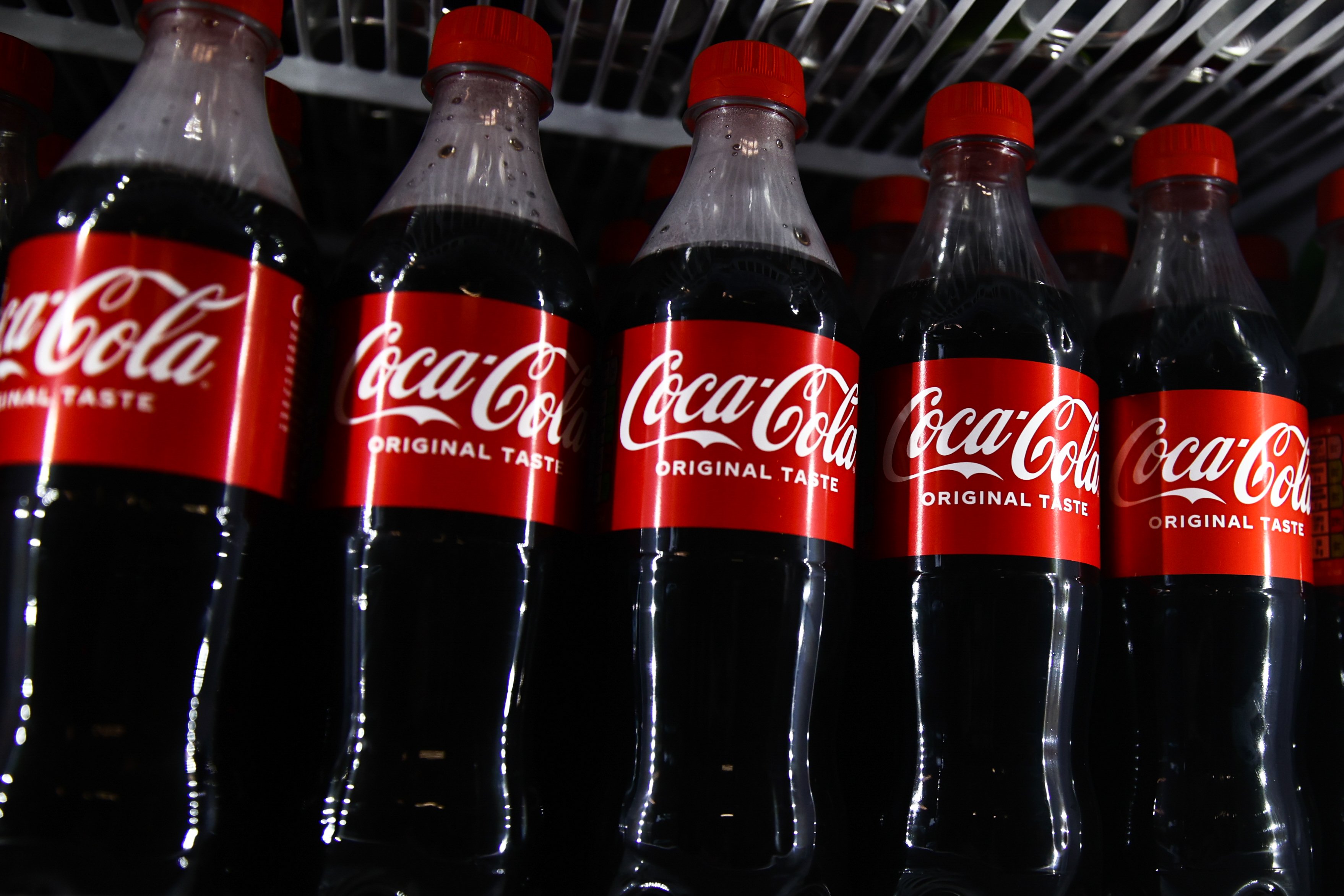PepsiCo (PEP 0.19%) recently introduced Pepsi Café, a new drink that blends cola with coffee. The new drink comes in original and vanilla flavors, and offers "nearly double" the amount of caffeine as a regular Pepsi cola in each 12 oz. serving.
Pepsi will launch the drink next April and it will follow Coca-Cola's (KO +0.35%) expanded launch of Coca-Cola Plus Coffee into over 25 markets this year. Pepsi Café isn't Pepsi's first hybrid cola-coffee drink -- it tested a similar product, Pepsi Kona, in Philadelphia back in 1996.
Pepsi Kona was discontinued a year later, and the company admits that Kona was "ahead of its time." But this time, Pepsi's marketing VP Todd Kaplan claims that Pepsi Café will appeal to "cola fans, iced coffee drinkers and anyone in need of an extra caffeine boost."
Let's take a look at why PepsiCo is entering the hybrid cola-coffee market, and why it's a vote of confidence for Coca-Cola's latest plans.

Image source: Pepsi.
Why is PepsiCo interested in coffee?
PepsiCo's beverage business faces two main headwinds: declining soda consumption rates and fierce competition from rival beverage makers.
To counter those headwinds, PepsiCo diversified its portfolio with teas, fruit juices, bottled water, sparkling water, sports drinks, and licensed coffee drinks from Starbucks (SBUX +0.14%). It also packaged its sodas in smaller cans and developed lower-calorie, sugar-free, and caffeine-free versions.
PepsiCo also constantly mirrors its competitors' moves into higher-growth markets. It bought premium juice brand Naked Juice to appeal to health-conscious consumers, launched Stubborn Soda to reach the growing craft soda market, introduced Bubly flavored sparkling water to challenge National Beverage's La Croix, and created Mountain Dew Amp Game Fuel for the energy drink market.
Therefore, it isn't surprising that PepsiCo is also launching a cola-coffee drink to counter Coca-Cola Plus Coffee, which is expanding globally after a successful test run in Japan.

Image source: Coca-Cola.
Is the world finally ready for cola-coffee drinks?
Coca-Cola Plus Coffee isn't Coca-Cola's first attempt to crack the cola-coffee market, either. It launched a cola-coffee drink called Coca-Cola Blak in 2006, but it flopped and was discontinued just two years later. However, Coca-Cola Plus Coffee adds more caffeine than Blak. It has slightly more caffeine than a regular Coca-Cola, but less caffeine than a regular coffee -- which is the same niche Pepsi Café is targeting.
For Coca-Cola, Coca-Cola Plus Coffee represents an extension of its coffee strategy, which stems from its $5.1 billion takeover of British coffee chain Costa Coffee earlier this year. It also complements its aggressive push into the energy drink market with new beverages like Coca-Cola Energy.
For PepsiCo, Pepsi Café widens its moat against Coca-Cola, complements its Starbucks coffee drinks, and boosts its presence in the the global ready-to-drink coffee market, which could grow from $19.1 billion in 2017 to $36.6 billion in 2025, according to Fortune Business Insights.
What this new drink means for investors
PepsiCo's new drink won't move the needle on its own. However, it could strengthen its North American Beverages unit, which grew its revenue 3% annually to $15.5 billion in the first nine months of 2019 and accounted for a third of its top line.
Bottled coffee drinks are also particularly popular in Asia. If PepsiCo follows up Pepsi Café's U.S. launch with an expansion into Asia, it could significantly boost its Asia, Middle East and North Africa revenue, which grew 1% to $4.2 billion in the first three quarters and accounted for 9% of its top line.
PepsiCo could also cross-promote Pepsi Café with its Frito-Lay snack products. It already did this earlier this year, with cashback rewards for customers that paired certain drinks with snacks -- and it could promote Pepsi Café in a similar manner.
The key takeaway
The soda market remains sluggish, but PepsiCo and Coca-Cola are both expanding their portfolios and testing new products to offset that slowdown. It's unclear if Pepsi Café and Coca-Cola Plus Coffee will fare better than their ill-fated predecessors, but they indicate that the two beverage giants are still willing to take innovative risks to create new products.






